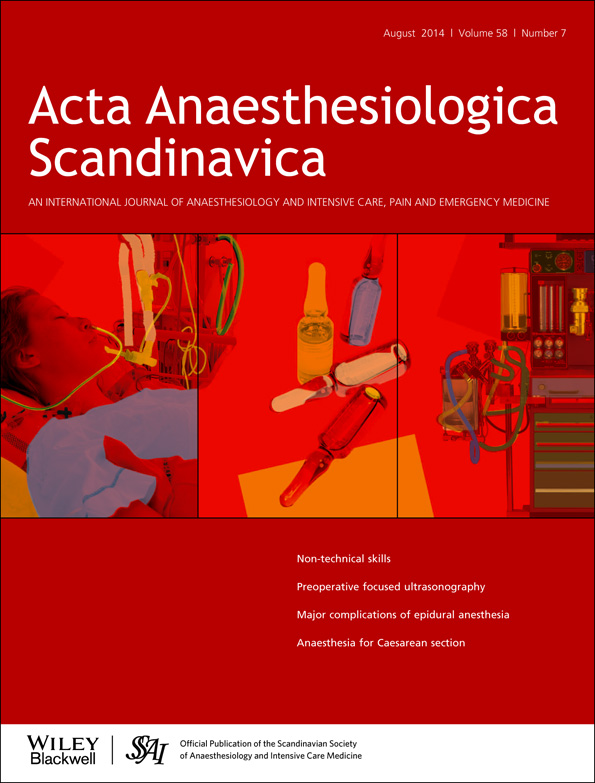Umbilical cord blood acid–base status in pregnancy with congenital heart disease
Abstract
Background
The risk of fetal and neonatal complications is higher in pregnant women with congenital heart disease (CHD). It remains unknown whether umbilical cord blood gas values are different between pregnant women with CHD and healthy women undergoing elective cesarean section during combined spinal-epidural anesthesia. The purpose of the present study was to compare umbilical cord blood acid–base status and gas values in pregnant women with CHD vs. healthy pregnant women undergoing elective cesarean section during combined spinal–epidural (CSE) anesthesia.
Methods
Patients with singleton pregnancy undergoing elective cesarean delivery under CSE anesthesia were enrolled. Patients were divided into two groups: healthy pregnant women (group H) and pregnant with congenital heart disease (group CHD). Immediately after delivery, umbilical cord arterial blood sample and venous blood sample were collected and measured. The comparison between two groups was performed using grouped t-test.
Results
Forty-four women in group H and 33 women in group CHD were analyzed finally. Umbilical arterial blood pH, base excess (BE) and HCO3− (pH 7.29 ± 0.05, BE −1.4 ± 1.9 mmol/L, HCO3− 21.5 ± 1.4 mmol/L) were significantly lower in pregnant women with CHD than in healthy pregnant women (pH 7.33 ± 0.03, BE −0.1 ± 2.1 mmol/L, HCO3− 22.5 ± 1.4 mmol/L).
Conclusions
The lower values of umbilical arterial blood pH, BE and HCO3− were observed in pregnant women with CHD than in healthy women undergoing elective cesarean section during CSE anesthesia.




